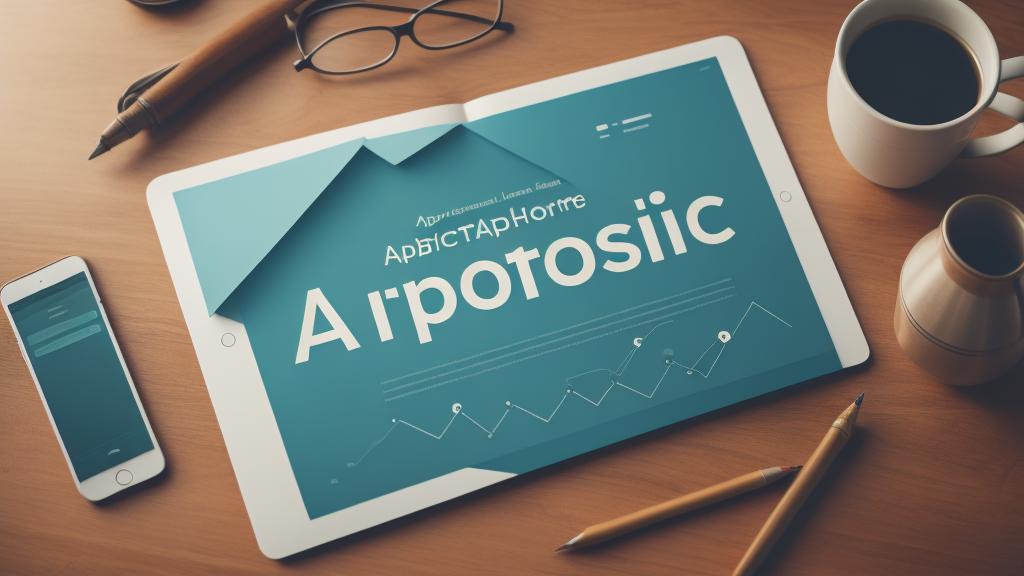Home improvement projects can significantly enhance the comfort and value of your property. Whether you're contemplating a major remodel or a minor upgrade, securing the necessary funds can often be a challenge. This is where home improvement loans come into play, providing homeowners with a lifeline to fulfill their renovation dreams without straining their finances.
Understanding Home Improvement Loans
A home improvement loan is a type of financing specifically designed to help homeowners cover the costs of their renovation projects. These loans can be either secured or unsecured, each with its own set of advantages and disadvantages. Secured loans require collateral, usually in the form of home equity, which means they can offer lower interest rates but carry the risk of losing your property if you default. Unsecured loans, on the other hand, do not require collateral, but typically come with higher interest rates.
Types of Home Improvement Loans
1. **Home Equity Loans:** These loans allow you to borrow against the equity you've built up in your home. They're ideal for significant projects because they offer relatively low interest rates. However, they require substantial equity and a good credit score.
2. **Home Equity Lines of Credit (HELOCs):** A HELOC functions like a credit card, providing a revolving line of credit based on your home equity. This option gives you the flexibility to borrow as needed, often with competitive interest rates. However, it typically comes with variable interest rates, which can fluctuate over time.
3. **Personal Loans:** These are unsecured loans that can be used for a variety of purposes, including home improvements. They usually have higher interest rates than home equity loans but don't require collateral. Personal loans are a good option if you need funds quickly and don't have enough home equity.
4. **FHA Title I Loans:** These government-backed loans are designed for homeowners with little to no equity in their homes. They are accessible to more people due to their lenient credit requirements, but they tend to have higher interest rates due to the increased risk to lenders.
Choosing the Right Loan for Your Project
Selecting the best loan for your home improvement project depends on several factors, including the size of the project, your current financial standing, and your long-term goals. It's essential to compare interest rates, repayment terms, and eligibility requirements to find a loan that fits your needs.
Improving Your Chances of Loan Approval
Lenders consider several factors when evaluating loan applications, such as your credit score, income, and debt-to-income ratio. To improve your chances of approval, make sure to:
1. **Check Your Credit Report:** Obtain a free copy of your credit report and resolve any discrepancies. A higher credit score increases your chances of securing favorable loan terms.
2. **Reduce Debt:** Lowering your existing debt can improve your debt-to-income ratio, making you a more attractive borrower to lenders.
3. **Increase Income:** Demonstrating a stable and sufficient income reassures lenders of your ability to repay the loan.
4. **Prepare Documentation:** Gather necessary documents, such as proof of income, tax returns, and detailed project estimates, before applying for a loan.
The Benefits and Risks of Home Improvement Loans
Home improvement loans can provide several benefits, including increased property value, enhanced living comfort, and the ability to make necessary repairs. However, they also come with risks, such as potential debt accumulation and the possibility of losing your home with secured loans.
Conclusion
Navigating the world of home improvement loans can be complex, but understanding your options and taking steps to improve your financial standing can help you make informed decisions. Whether you're planning a major renovation or a small upgrade, the right loan can make all the difference in turning your home improvement dreams into reality.
navigating home improvement loans: what you need to know

